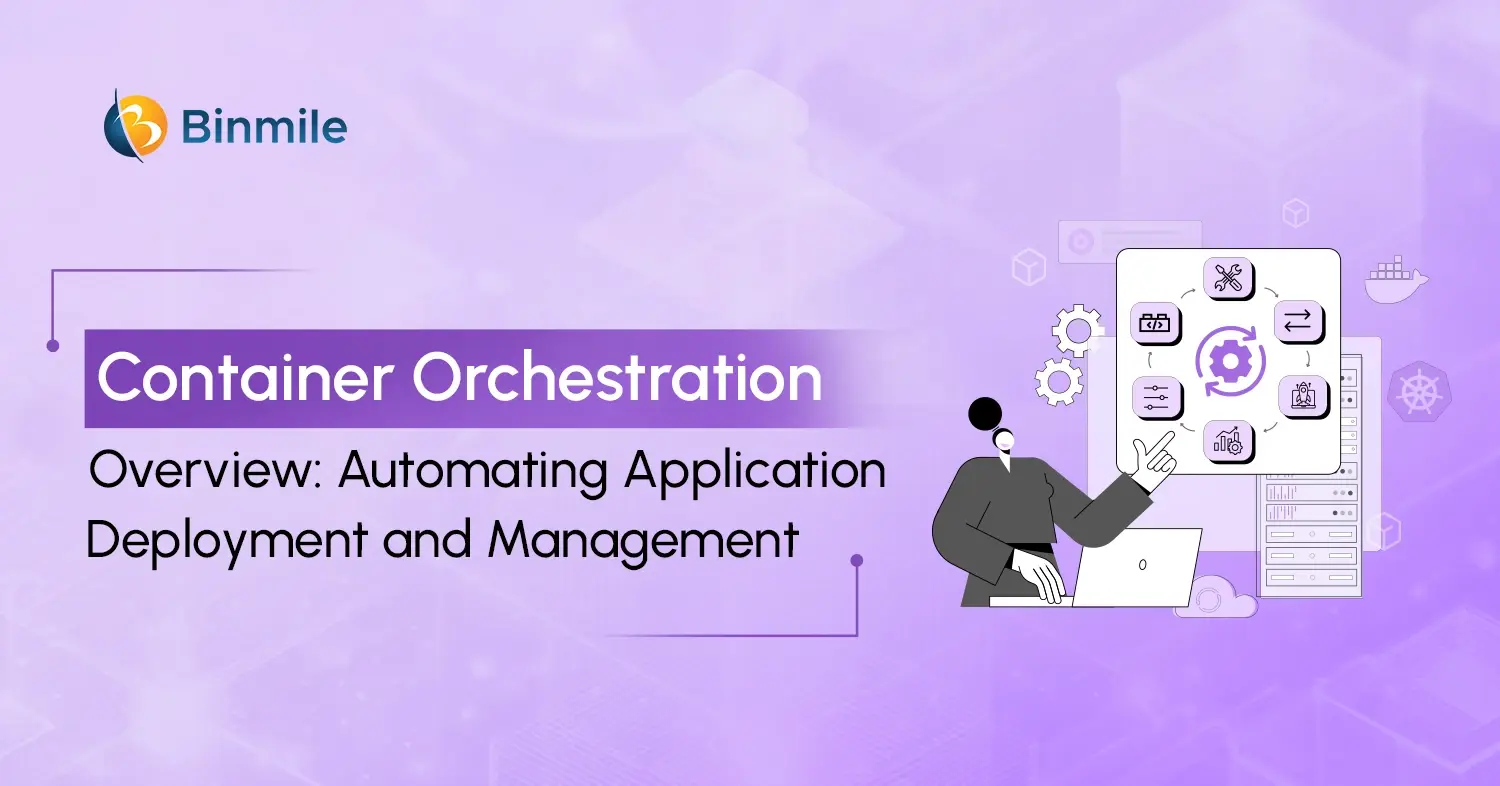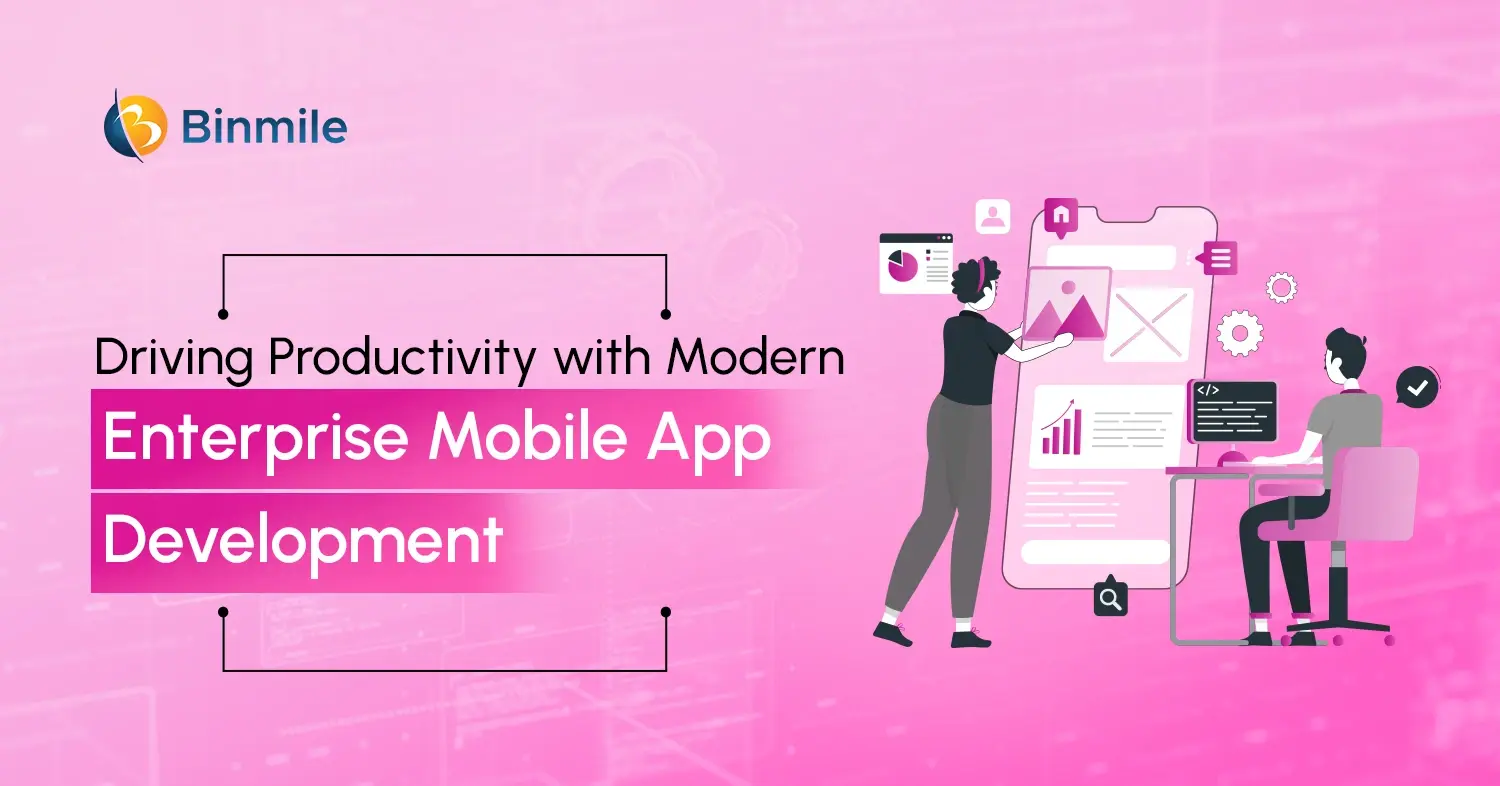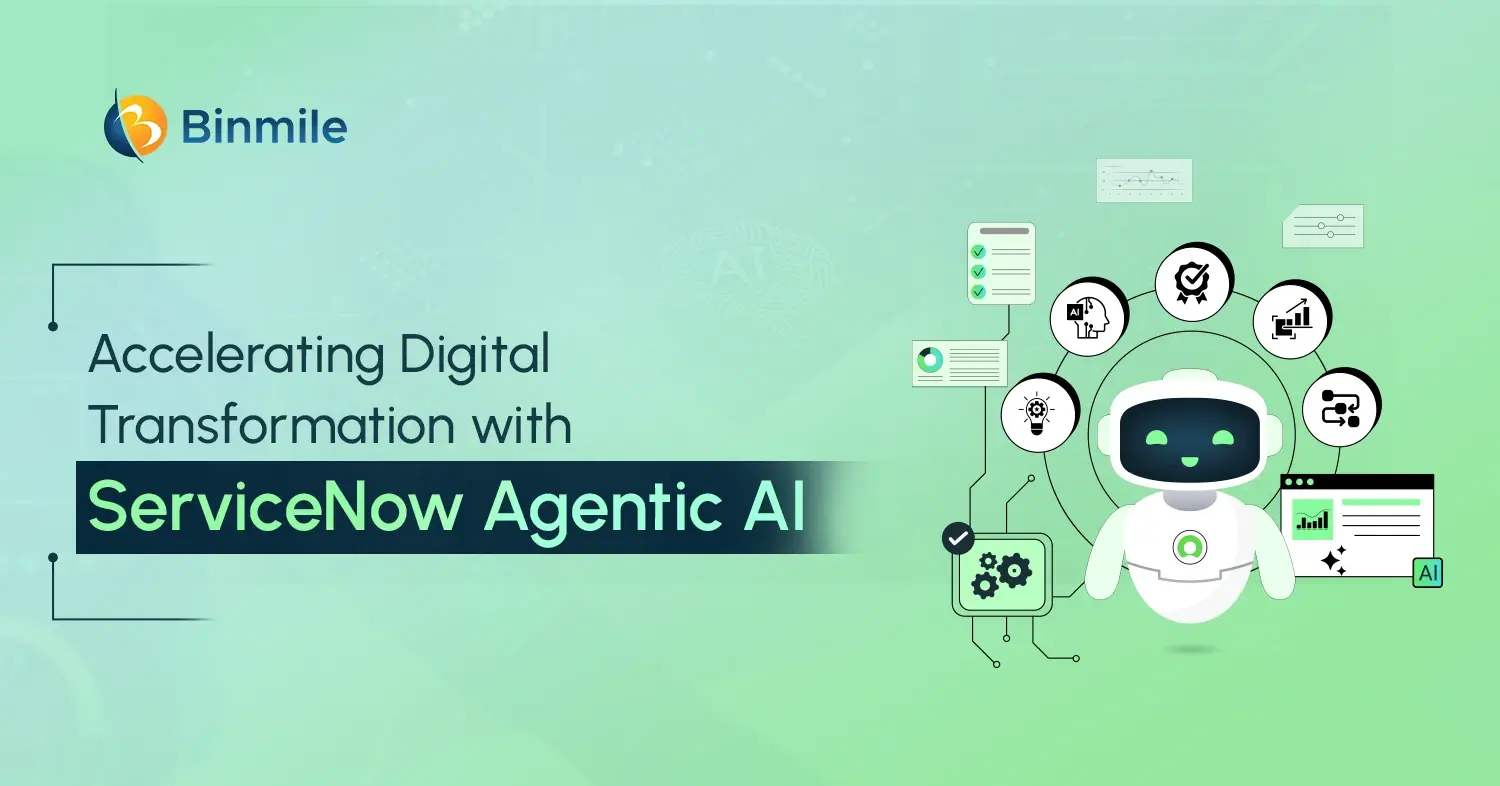Driven by the need for faster, scalable, and more reliable software delivery, developers and DevOps teams are increasingly working with containers. These containers are lightweight and portable. They encapsulate an application along with the files and dependencies required for it to run. According to market research, the global container orchestration market was estimated at USD 1.71 billion in 2024 and is projected to grow at a CAGR of 31.8% between 2025 and 2030, as organisations move to containerised microservices and cloud-native workloads. However, as you move from a few containers to dozens, hundreds, or thousands for microservices, cloud-native applications, and multi-cloud environments, the complexity grows. That is where container orchestration with Kubernetes and other container orchestration platforms becomes necessary.
This blog will define what is container orchestration, explain its significance, and discuss how the Kubernetes container orchestration platform and Docker orchestration are used to manage large-scale containerised environments. We will also examine how it facilitates DevOps workflows and improves contemporary software development through DevOps consulting services, custom software solutions, and software product development services.
Core Building Blocks of Container Orchestration
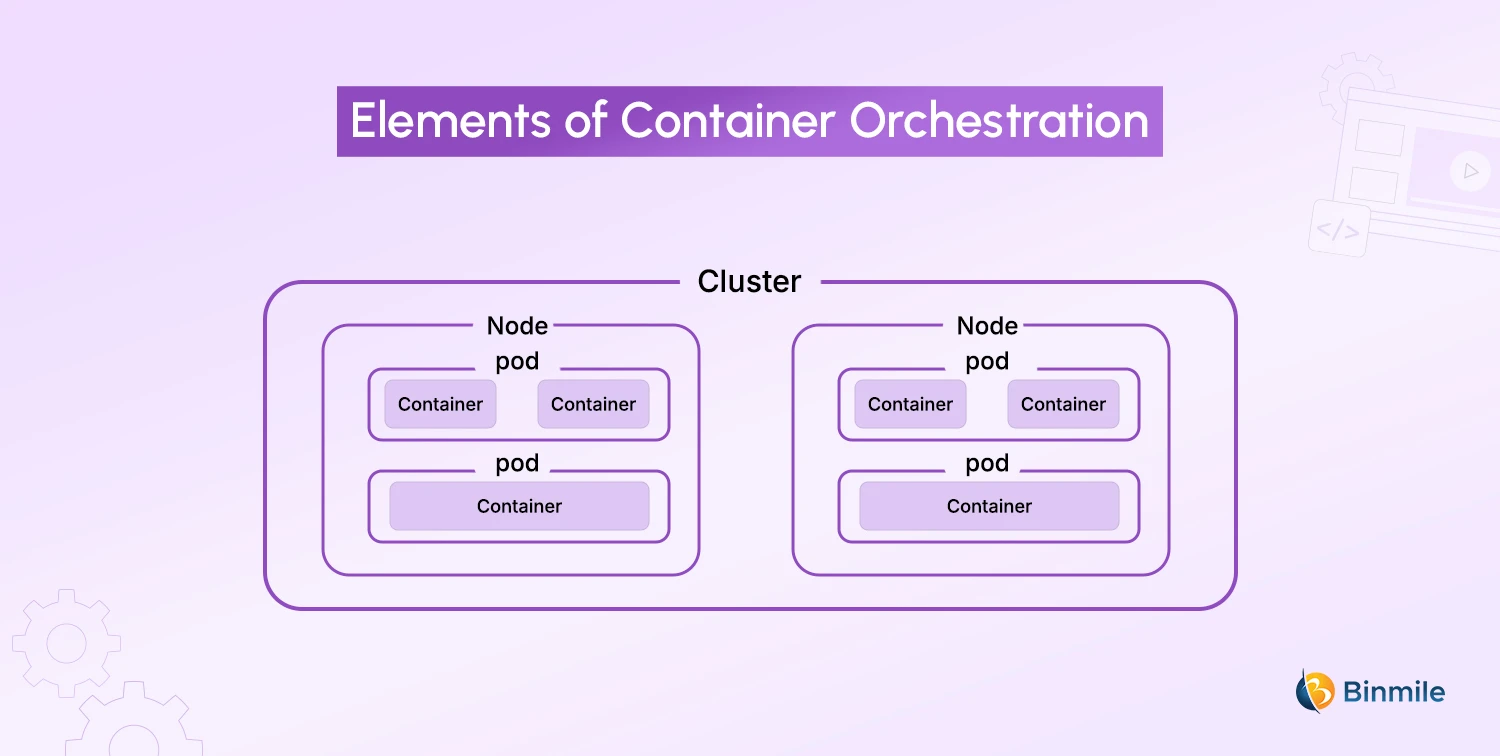
Breaking Down the Terms from the Image
1. Container: A lightweight package that includes your app and its dependencies, ensuring it runs the same everywhere.
2. Pod: The smallest deployable unit that can host one or more containers sharing the same network and storage. (Also referred to as a container pod in the pod model in software.)
3. Node: A physical or virtual machine that runs pods and provides computing power.
4. Cluster: A group of nodes working together to run, manage, and scale containers efficiently.
Now that we understand these core elements: containers, pods, nodes, and clusters. Let’s see how they work together through container orchestration systems.
What is Container Orchestration?`
Simply put, container orchestration definition is the automated process of deploying, managing, scaling, and networking containers so that you can build, run, and maintain containerised applications efficiently and reliably.
If you only deploy a container or two, it is reasonable to handle manual processes. However, when there are many containers spread over multiple hosts, dispersed clouds, and various environments, manual processes become costly, time-consuming, and prone to mistakes. That complexity is what container orchestration software manages: scheduling, networking, load-balancing, health-checks, versioning, scaling, rolling back, etc.
How Container Orchestration Works: A Step-by-Step Comprehensive Guide
Let’s walk through a typical lifecycle using an orchestration system (e.g., Kubernetes) to see how things fit together.
- Define Desired State: You make configuration files (YAML or JSON) that describe how you want your application to be: how many instances (replicas), which container image(s), networking service, storage volumes, secrets/config maps, etc. This process is part of container orchestration Kubernetes setups and is a key concept in containerization in DevOps.
- Provisioning & Scheduling: The container orchestration engine evaluates the configuration, finds suitable nodes, and schedules the containers (or pods) on the worker nodes while considering the resource constraints (CPU, memory), labels, and constraints.
- Deployment & Networking: The containers are instantiated, network endpoints are defined, load-balancers are applied, and service discovery is registered. If it’s Kubernetes, the cluster ensures that each pod has an IP (or uses overlay networks) and that containers can communicate with each other or external traffic.
- Scaling/Autoscaling: The container orchestration tools can spin up or kill container instances based on metrics (CPU, custom metrics, network traffic) to match demand.
- Health Monitoring & Self-healing: The orchestration system monitors containers/pods and replaces them with another (or moves to a different node) if one fails. It also handles node failures if configured.
- Updates /Rolling Upgrades/Rollbacks: You change the settings by adding a new container image version, and the orchestration tool deploys it. It rolls out new versions while monitoring health and, in the case of a failure, automatically rolling back the changes.
- Lifecycle Management, Cleanup: Orchestration tools handle containers’ stopping and restarting, along with log management, monitoring and controlling access policies, and managing the enforcement of security and configuration drift to a minimal level.
Because of this lifecycle, container orchestration services are not just a one-time deployment; they enable ongoing management of containers, their interactions, resources, and the cluster, a critical step for cloud agnostic vs cloud native architectures.
Discover how container orchestration simplifies modern software delivery for agile enterprises.
Container Orchestration & Kubernetes, Specifically
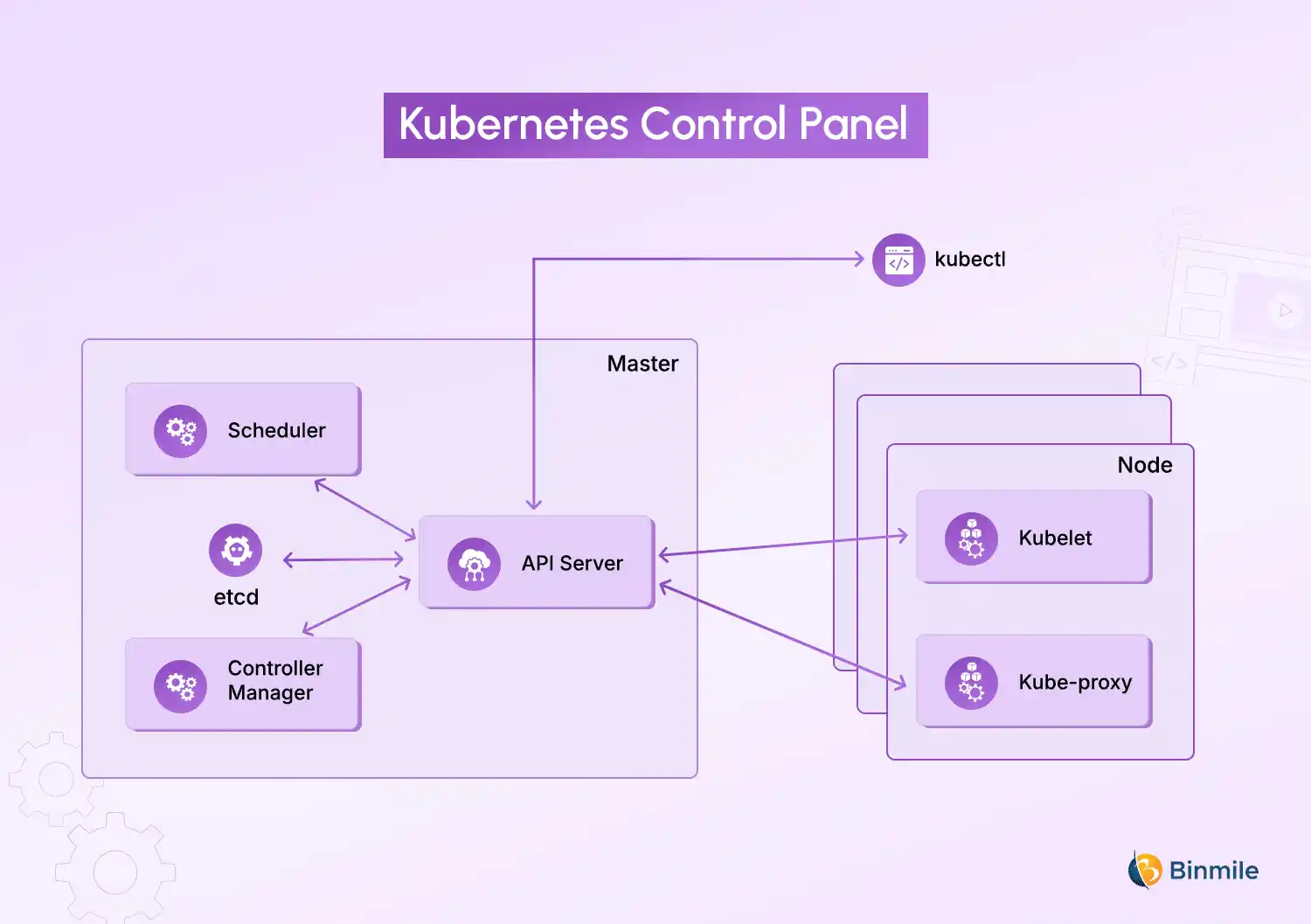
Since Kubernetes is the dominant platform, let’s zoom in on how container orchestration with Kubernetes works in practice.
In Kubernetes, each pod consists of one or more containers. Whichever is the case, they share the same storage, networking, and management. For each of the pods, there is a control plane (i.e. the API server, the scheduler, the controller manager, etc.) and the worker nodes that are responsible for running the pods.
In a declarative approach, one will state a desired configuration. After it is established, Kubernetes orchestration tools make the necessary adjustments to match the operating state. It will handle service discovery, load balancing, network policies, secrets and configmaps, and more. Also, the system will handle automatic scaling, self-healing, and most importantly, the network policies and the distributed configuration secrets with config maps.
Because of its wide ecosystem and strong support, many cloud providers offer Kubernetes orchestration services (managed Kubernetes).
Container Orchestration Platforms & Tools
- Kubernetes: Kubernetes is the industry standard. It is an open-source system for orchestrating containerization, and it was one of the systems built by Google. You can set up a cluster of containers, assign each cluster to a pod, and declare a state that the system will work to secure and maintain. It’s considered the foundation for modern container orchestration platforms and the most reliable container orchestration software in enterprise environments.
- Docker Swarm: Docker orchestration is made simple with Docker Swarm, an example of basic container orchestration tools built by Docker that has fewer functionalities compared to Kubernetes. It is mostly suited for small teams or simple projects. It is, to a great extent, operationally less complex compared to Kubernetes and has more rapid deployments.
- Other platforms: Other container orchestration systems include tools such as Apache Mesos and Red Hat OpenShift, which build on Kubernetes. These solutions are often integrated into larger DevOps environments supported by DevOps consulting services and cloud management providers.
Managed Services & Platforms
For example, cloud providers offer managed container orchestration services such as:
- Google Kubernetes Engine (GKE) from Google Cloud.
- Amazon Elastic Container Service (ECS) or Amazon EKS (Elastic Kubernetes Service) by AWS.
These managed services let you focus more on containers/apps and less on the underlying infrastructure (nodes, control plane, etc).
What Are The Benefits of Container Orchestration?
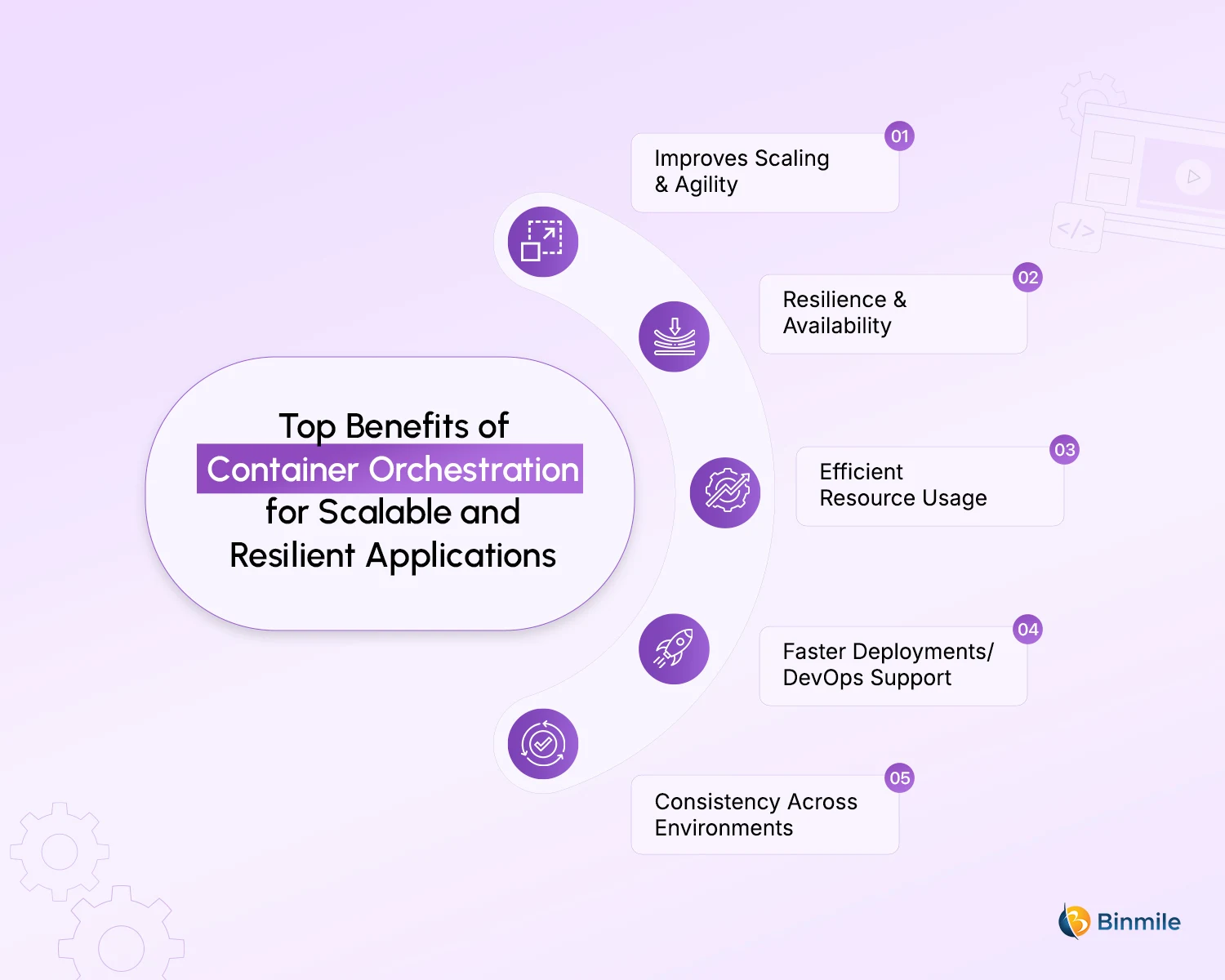
- Improves Scaling & Agility: You prefer additional containers to be spun up automatically during traffic spikes, and to be scaled down when traffic volume reduces. This is made possible by container orchestration tools. The ability to quickly scale out and in, manage burst loads, and adapt to quickly shifting business requirements becomes possible.
- Resilience & availability: The container orchestration system recognises and restarts containers that have failed or moves them to a different host. This is fault-tolerant; failing containers and pods can be replaced, rolling updates to deployments can be performed, and fallbacks can be utilised.
- Efficient resource usage: Wastage is avoided when container orchestration software distributes containers among hosts based on memory and CPU constraints.
- Faster deployments / DevOps support: You can achieve consistent deployment across environments and CI/CD integration using infrastructure as code, along with declarative configuration and automation. This is essential to DevOps consulting services and modern software product development services.
- Consistency across environments: The ability to use containers aids in portability; annotation guarantees that orchestration automation will manage to maintain consistent behaviour in development, testing, production, cloud, or on-prem environments, making it ideal for cloud-agnostic vs cloud native development and composable architecture models used in SaaS frameworks.
In Summary
Container orchestration is the backbone of modern containerised application deployment at scale. All containers in a system (deploy, schedule, scale, network, heal) and orchestrators allow businesses to accelerate their processes and improve their reliability, efficiency, and adaptability. When combined with tools like Kubernetes, container orchestration platforms perform pivotal roles in adopting DevOps practices, designing cloud-native architectures, building composable architecture solutions, and implementing SaaS frameworks and multi-cloud environments.
The shift is evident in our focus on DevOps consulting services, custom software solutions, and software product development services. Binmile’s approach to container orchestration helps enterprises integrate modern deployment practices with precision and expertise. From building scalable SaaS platforms to ensuring portability and migrating legacy systems, we strengthen agility, reliability, and resilience, ensuring businesses stay ready for the next wave of cloud-native evolution.
